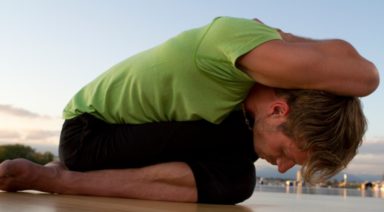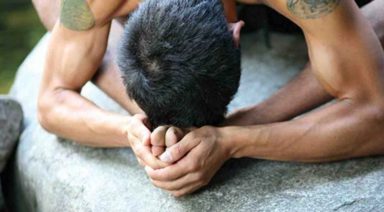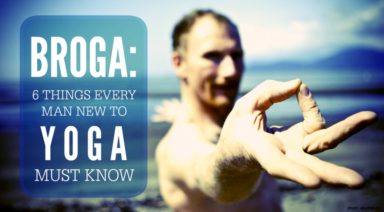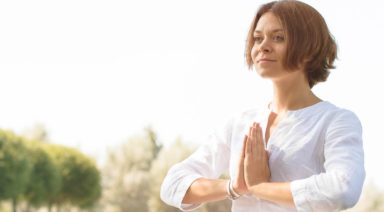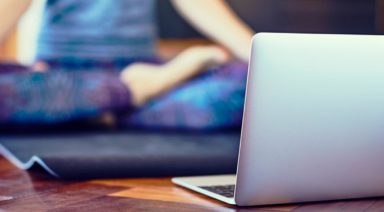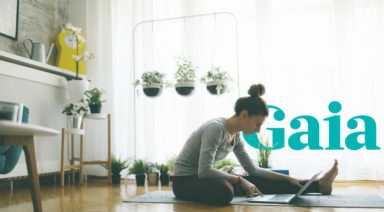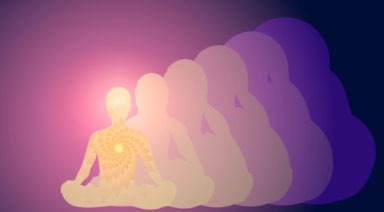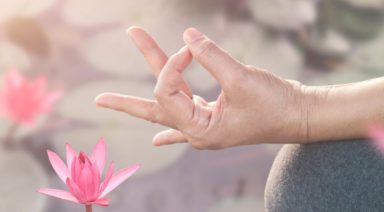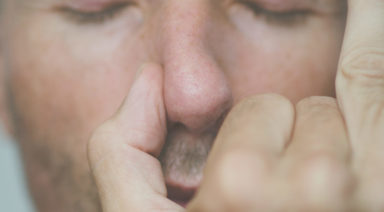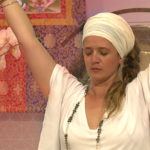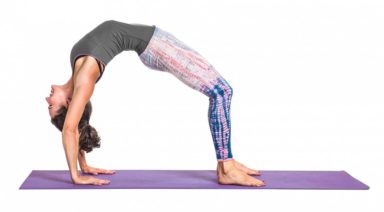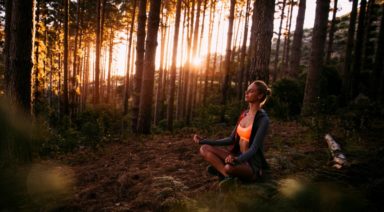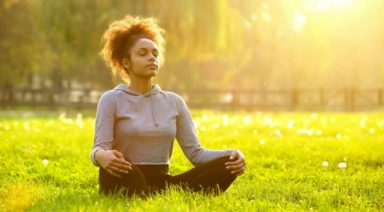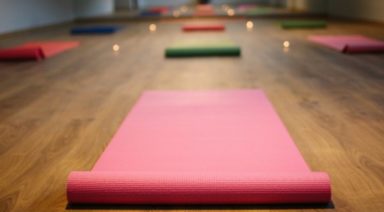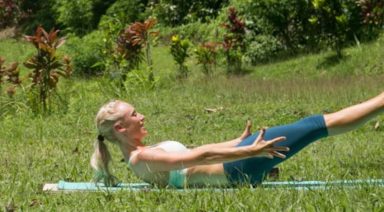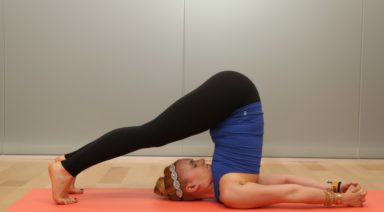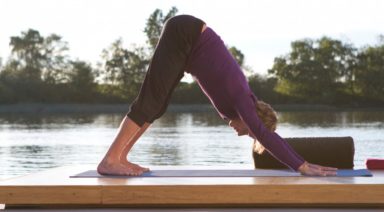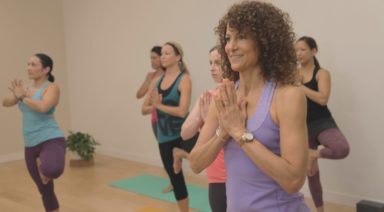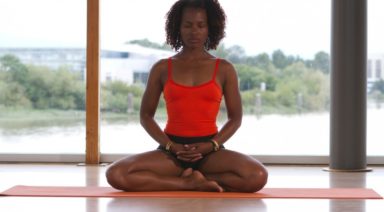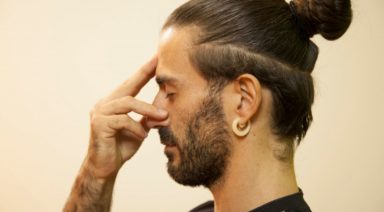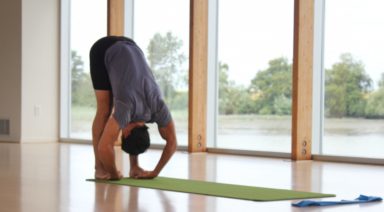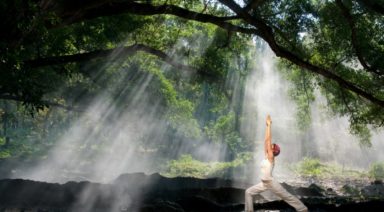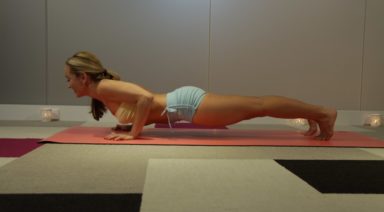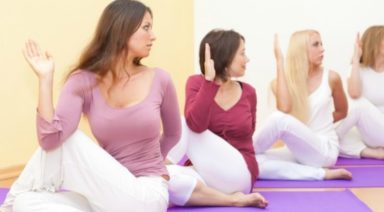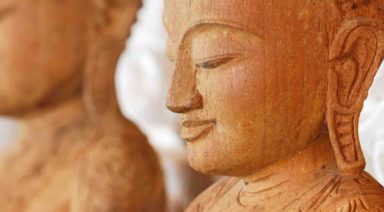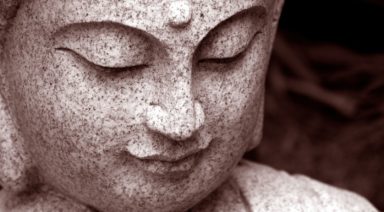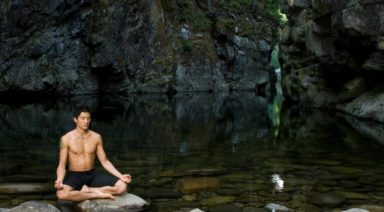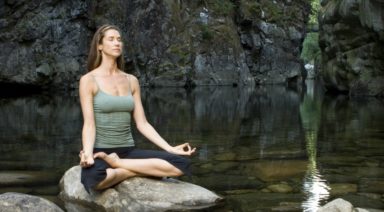Yin Yoga Benefits and History
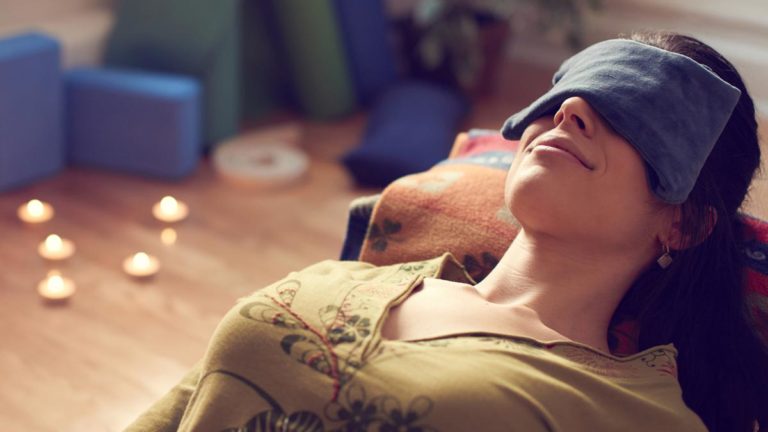
Maybe you’ve heard of yin yoga but don’t really know what it is. Maybe you’ve tried it but lack some understanding of its origin or purpose. Or perhaps this is the first you’re hearing of it.
This exploration of the benefits and history of yin yoga will provide you some understanding of where yin came from and how it benefits people. If you find it compelling, get on your mat, keep learning more, and let us know how your journey unfolds.
To prepare for this article, I interviewed several Boston-based yin yoga teachers and regular practitioners. This is their scoop, filtered through some of my own experiences on what the benefits of this slow, meditative practice are.
What are the Benefits of Yin Yoga?
Seeing Within
When practicing this turtle-paced yoga style, unlike other varieties that are fast-moving and fancy looking, there is no wow-factor for spectators. Because yin yoga stretches connective tissue, especially at the joints, difficult inversions and impressive poses wouldn’t be safe considering how long they are to be held (anywhere from a couple of minutes up to around 20 minutes). To experience the wonders of yin, practitioners simply hold well-aligned, basic poses.
Doing poses in stillness promotes the cultivation of the inner life.
As yin yoga enthusiast Kourtney Hartmoyer has so eloquently put it, “the shapes are simple, perhaps even boring. To the outside world, it doesn’t look too interesting. However dull from an outside view, what I have found is that the quiet stillness of yin allows me to better observe the inner self a bit more clearly. It magnifies everything. That is where I find the magic.”
I have felt the magic, too. Yin yoga helps me to see myself on a deeper level through the cultivation of stillness. When I practice it’s not always easy or even possible to become physically still. Yet when I am able to “drop-in” and become motionless, the depth of awareness is simultaneously awe-inspiring and intrinsically peaceful. I can watch the inner play of my mind and subtle body as an observer. I can see within.
If you are planning to start a yin practice, it’s okay not to be absolutely still. It’s okay to struggle. The struggle contains information you can observe with kindness and curiosity. And when it finally subsides and you can be still, you can move deeper into yourself and into greater states of euphoric relaxation.
Moving Into Deeper States of Relaxation
Joanna Barrett told me that her daily yin practice helps her “to sit with sensation, moving toward or into deeper states of relaxation.” Moving quickly cannot promote deep trance-like states in the manner utter stillness can. If you’re curious, swap out the vinyasa flow for a yin vibe to appreciate what Joanna is talking about.
The depths of relaxation may require some preparation and commitment of time. It wouldn’t make sense for you to rush into a meditative state.
You’ll need time to allow your body to slowly drop into the depths of each pose. Completely support yourself with props, breathing deeply with lungs that move air like the bellows that feed fire.
Sure enough, the depth of sensation will tempt you to get out of the pose. I urge you to remain still while breathing deeper to experience the peace and meditation of true surrender. Can you stay just a little longer and relax just a little more? That might require a great deal of patience.
Building Patience and Receptivity
When I interviewed Yeradmi Gomes, Boston-based yin yoga instructor and jack of many trades, she said that in yin, “there isn’t much physical movement, which requires lots of patience and receptivity.” Contemporary people don’t necessarily have either in abundance. Riding the New York subways I have seen the lack of patience: People are quick to rush by; they often won’t stop to enjoy beautiful music playing; they aren’t open to seeing or conversing with a person in need of kindness; they outright ignore them and are usually closed to conversation with others. I admit to living this way in public spaces.
I have come to notice that this behavior bleeds into other areas of my life. Sometimes when loved ones are talking to me, I can feel myself wishing they’d rush to the finish. I am not always open to receive compliments or to stop and smell the proverbial roses.
While I feel at my core that I am patient and receptive, there are countless examples of times I was neither. And while all readers may not ride the subway or live in a busy city, there are surely ways we collectively live that lack both qualities. What might you be missing when you lack patience and receptivity? When you can’t sit with things as they are, what experiences might you be blocking? Can you imagine how being still for extended periods might build your patience and help you to be open to receive what life is offering you? How might establishing a Yin practice contribute to your continued development of patience and receptivity?
Feeling Release and Relief
Yeradmi went on to talk about the relief she feels from yin. “My body feels more open, flexible and at ease. I sleep better and I have greater awareness of how I move in space and the way my body feels. My favorite part of the practice is getting out of a pose and feeling the blood flow, it creates an enjoyable sense of release and relief.”
Most of America needs better and more sleep. This practice can provide relief from wakefulness and restlessness at night. Yin can be your new alternative to late-night screen-time, Research has proven that screens at night give the brain a message to be wakeful, which can disrupt sleep. You could instead drift off to dreamland after your yin practice.
The Chicken Soup of Yoga
The benefits of yin are numerous. Perhaps my favorite from the interviews I conducted came from Kourtney Hartmoyer. She wrote, “yin yoga is a deeply restorative, nurturing and healing practice. I think of it as the chicken soup of yoga.” But what makes it so nurturing?
Stretching the Joints?
One of the most renowned yin yogis in the world is Paul Grilley. In yin, we don’t stretch the joints, but the connective tissue that is centralized at the joints. Gilley states, “In general, a yin approach works to promote flexibility in areas often perceived as non-malleable, especially the hips, pelvis and lower spine… connective tissue responds best to a slow, steady load. If you gently stretch connective tissue by holding a yin pose for a long time, the body will respond by making them a little longer and stronger—which is exactly what you want.” In order to maintain a healthy range of motion, to have good mobility and comfort in the body, yin is an excellent practice. It is nurturing to the body physically and considering all the aforementioned benefits, mentally and emotionally, too.
Have Niche Yoga Styles Taken It Too Far?
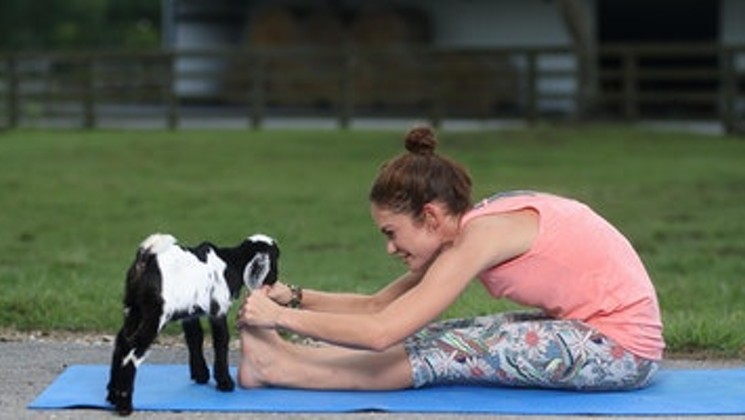
What does yoga look like when no one is looking?
The answer to the question depends on who we are watching. What yoga looks like can vary widely, especially because there are 4 main kinds of yoga: The yoga of intelligence (jnana), the yoga of devotion (bhakti), the yoga of service (karma), and hatha yoga which is the one we think of when we see people doing downward dog. Yoga for one person may look like studying scripture and attending dharma talks. While for someone else, it’s doing service to their community without expectation of getting anything in return.
For another individual, yoga is chanting and repeating the same kriya for an hour every single day. Someone doing an hour-long physical yoga class, breathing, resting at the end, and saying “OM” might be more of what we’ve come to recognize yoga as today. So whether sitting silently on a cushion for hours or doing plank while drinking a microbrew, we can technically call it yoga.
If you ask someone in the East, someone in the West, someone today, and someone from the past, their answers can vary as widely as the styles of yoga offered. So is any of the yoga we see taking it too far?





